Latest and Greatest
Read our latest blog articles
Learn the latest and greatest home related content. We’re offering tips and tricks, and more on our blog.
-
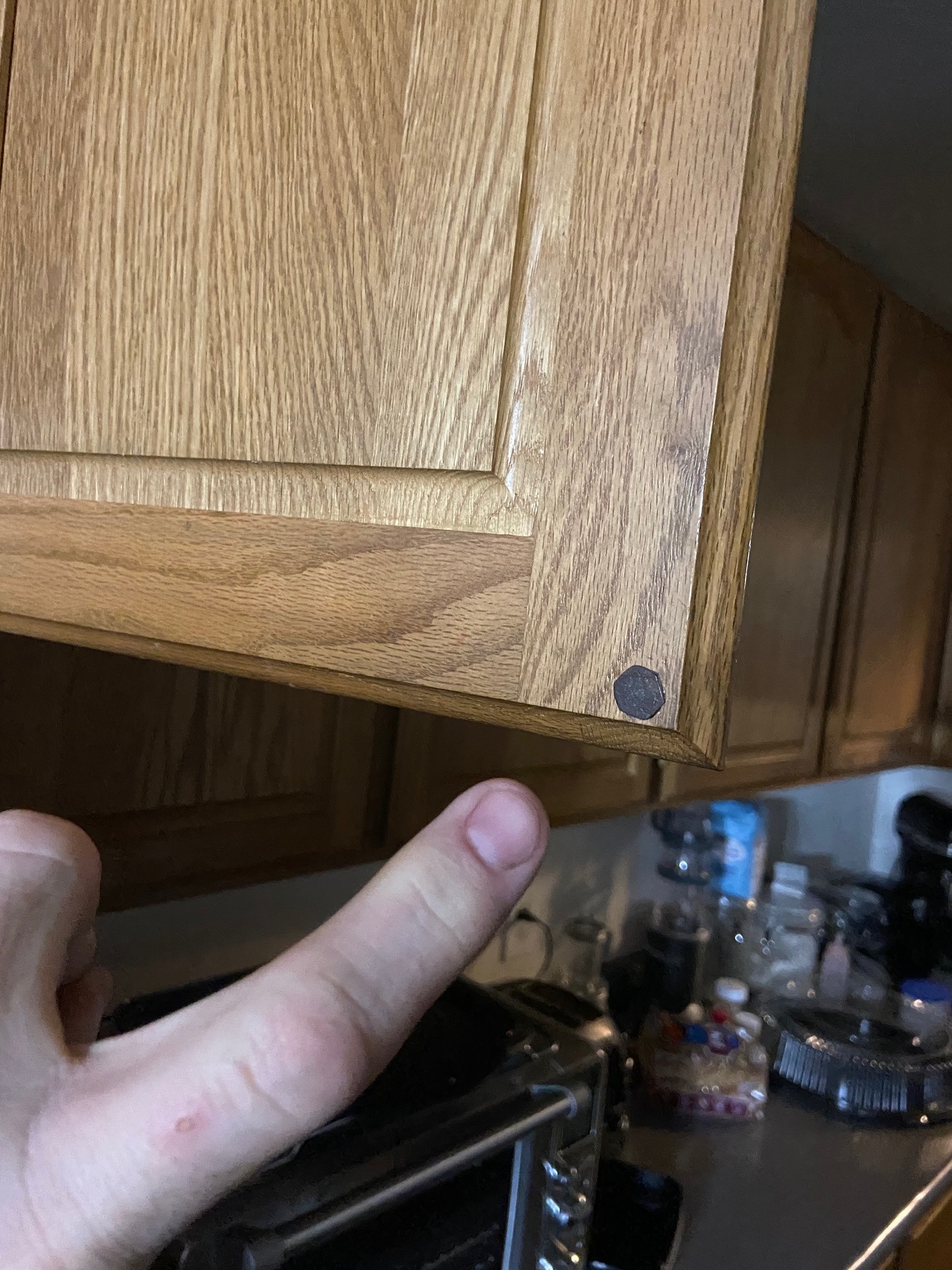
Thursdays Home Repairs Tips
If you have loud cupboards or drawers you can add peal and stick fabric buttons to them to make them quieter. This is a very simple home mod that has a huge impact.
-
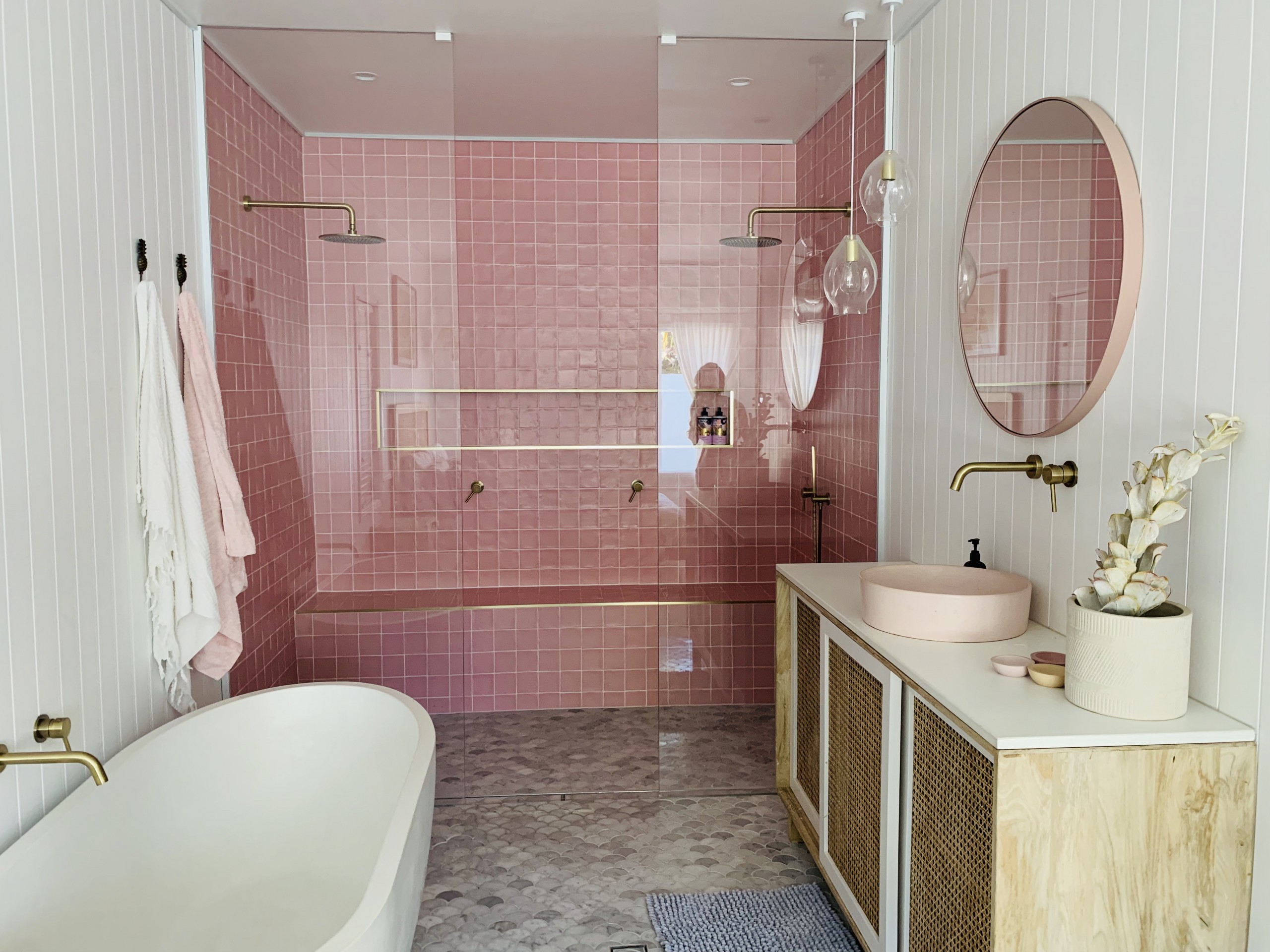 1 minute
1 minuteBathroom Tip Wednesdays
Today we are going to talk about some simple ways to save energy costs in the bathroom. 1. Install energy star fixtures. These are designed to conserve energy. 2. Install LED light bulbs. Just replace any that are not LED. 3. Use warm or cold water while showering. The savings really add up over the…
-
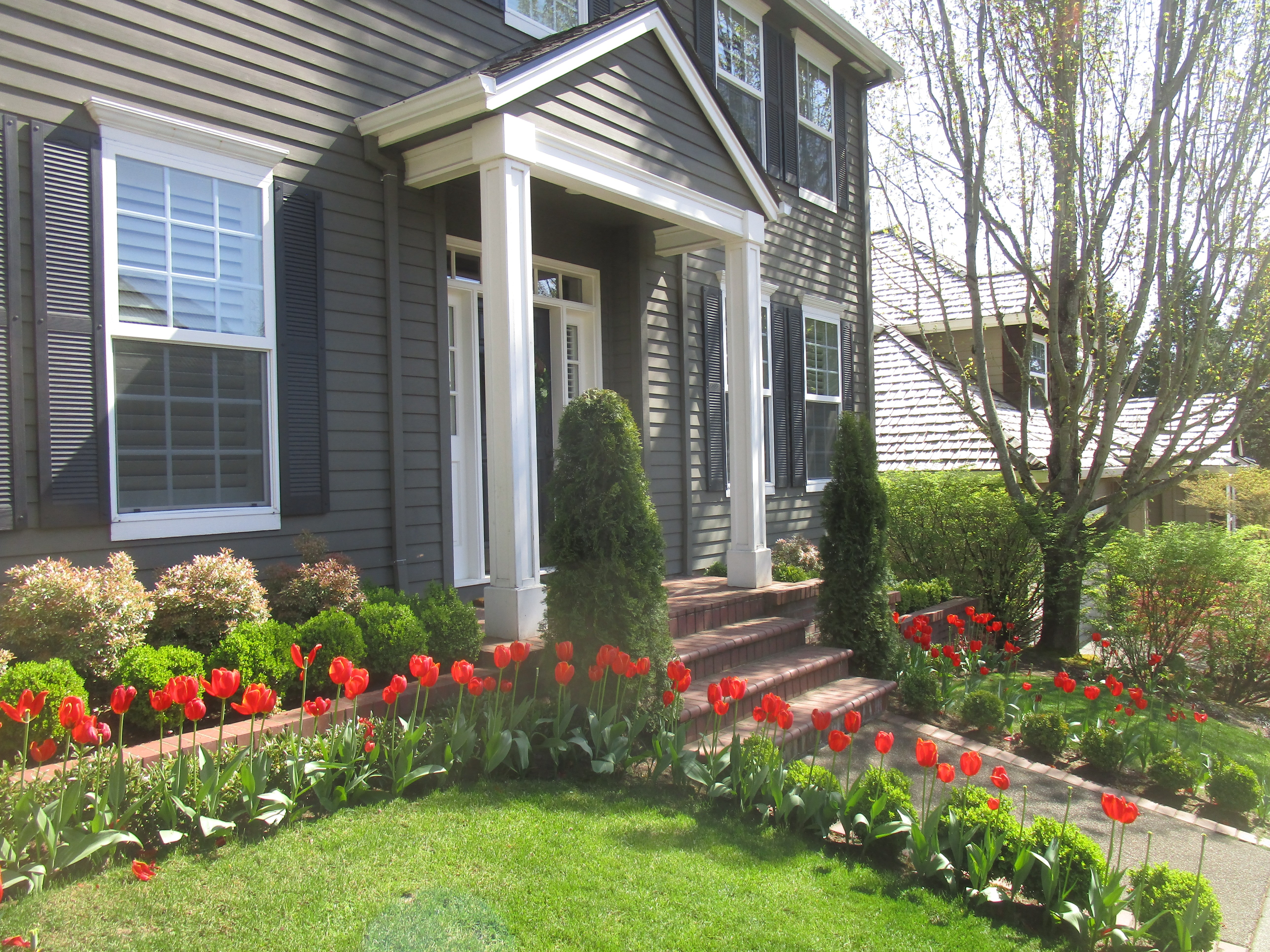
Windows Siding Tip Tuesdays
Today we are going to talk about the different types of home siding. You can get siding in several different types of materials and these are: – Wood Siding – Vinyl Siding – Fiber Cement Siding like James Hardie Siding – Brick Siding – Stone Siding – Glass Siding – Metal Siding – Stucco Siding…
-
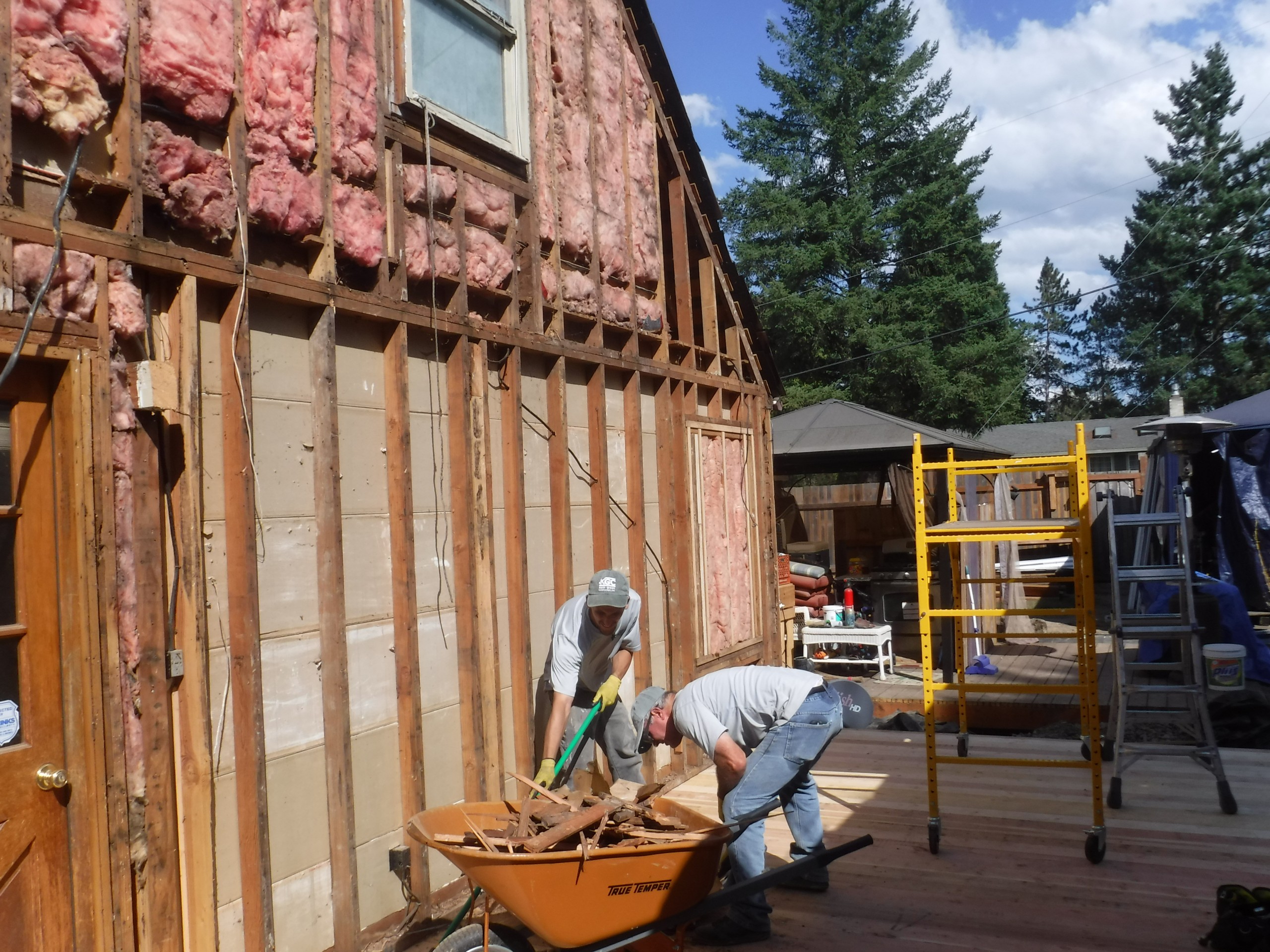 1 minute
1 minuteMotivation Mondays
“Mondays are the start of the work week which offer new beginnings 52 times a year!“ – David Dweck
-

Favorite Recipes Sundays
Today’s recipe comes from our friends at Shelikesfood and it is a delicious Quinoa Chickpea Sweet Potato Salad (https://www.shelikesfood.com/quinoa-chickpea-sweet-potato-salad/) INGREDIENTS
-
 1 minute
1 minuteSaturday Outdoor Days
Today we are going to talk about a real gem in the Sellwood area of Portland. Oaks Park! This is a family favorite and has been in Portland since 1905! This is from their website, “Located in Portland’s historic Sellwood neighborhood, Oaks Park has been “where the fun never ends” since 1905! Oaks Amusement Park…
-
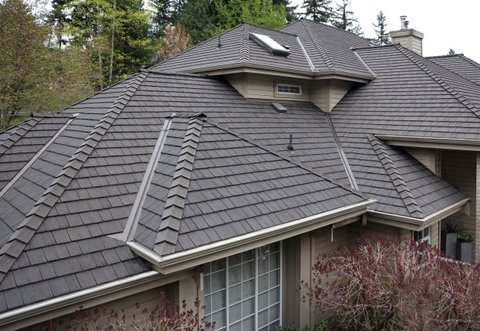
Roofing Tips Fridays
What are the different types of roofing material do we use the most in Portland, Oregon? We have a pretty wet, mild climate here in the The main types of roofing material we use are: – Architectural Shingles – These are your Lifetime shingles that are most common. They come from many manufacturers like GAF,…
-
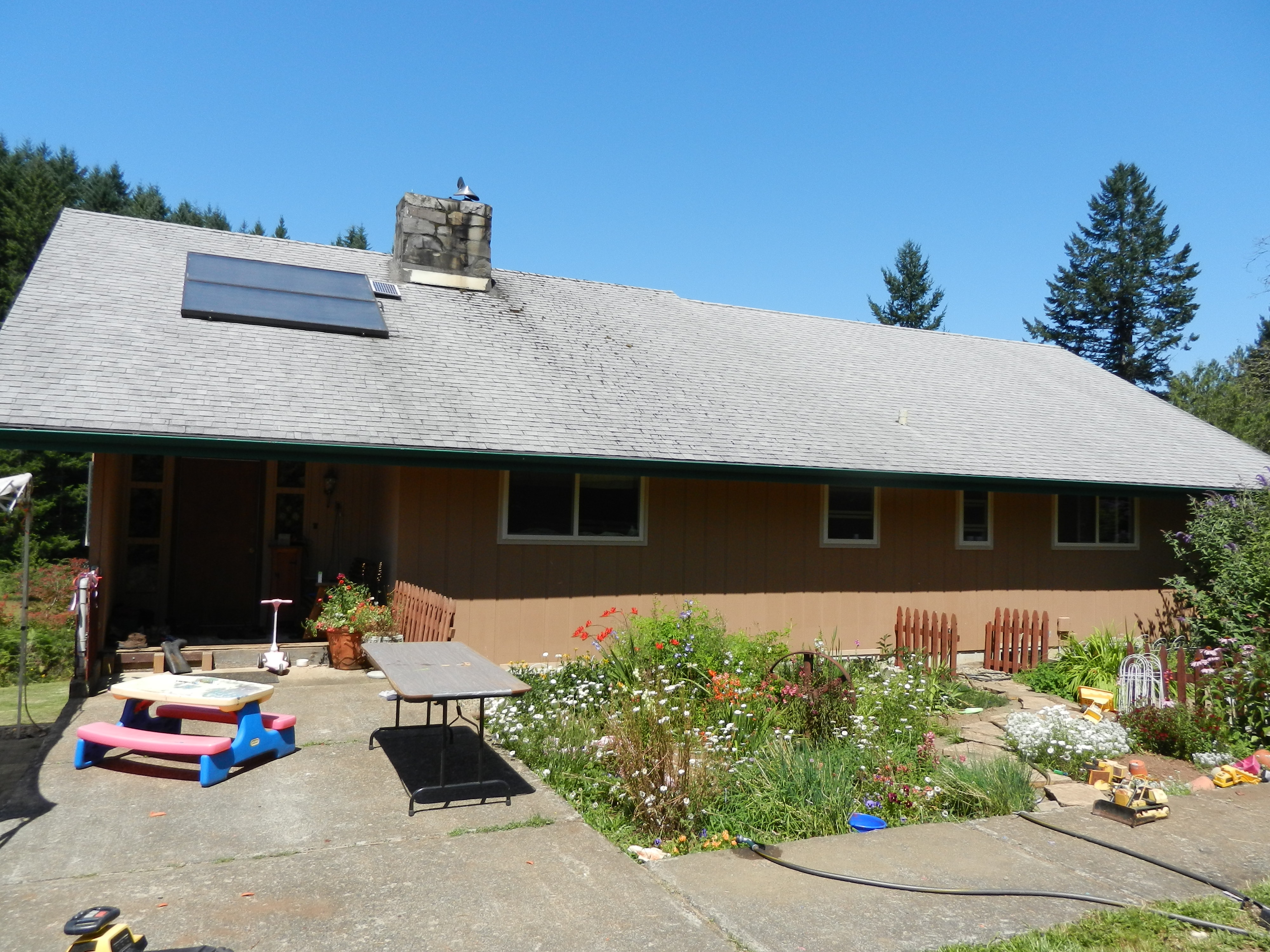 1 minute
1 minuteThursdays Home Repairs Tips
Today we are going to talk about simple ways to raise your homes curb appeal! These are: – Trim the Shrubs! Such a simple little change can make a huge difference! – Pressure wash the Driveway – Upgrade your front porch light – Pressure wash the Deck – Redo your front walkway. Add some gravel…
